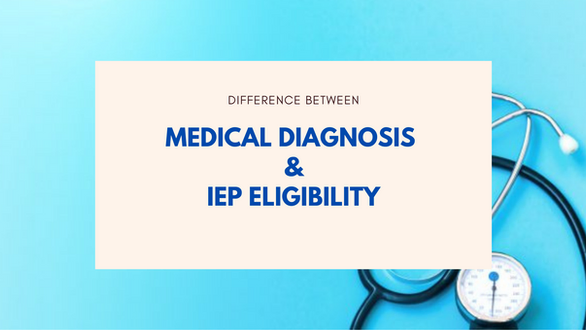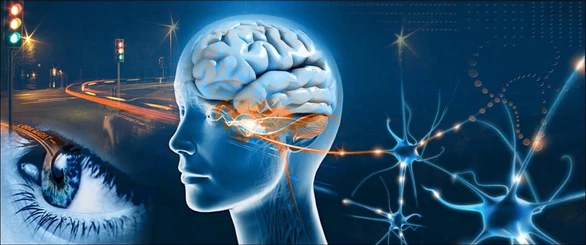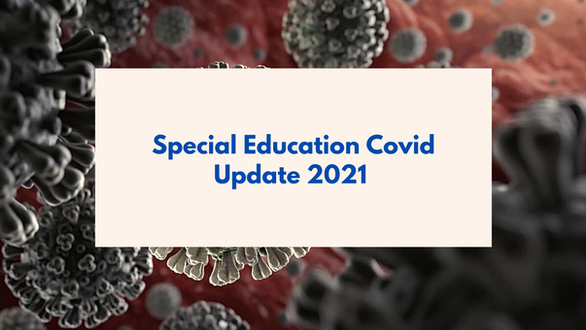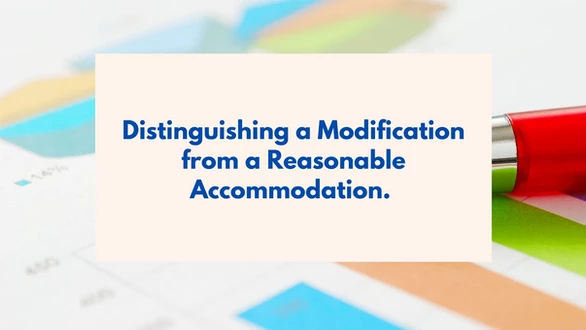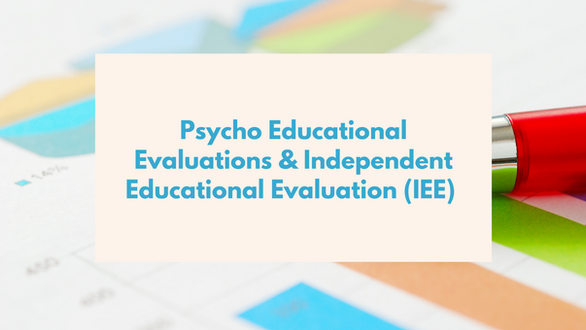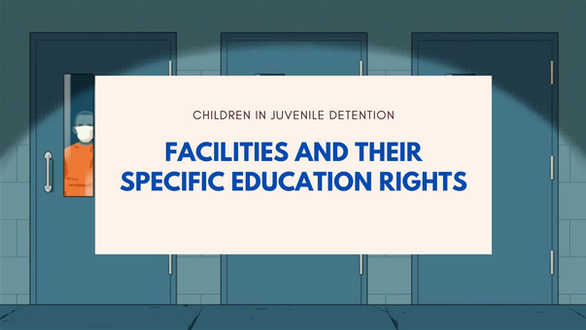INTRODUCTION
Parents are often surprised to learn that a medical diagnosis of Autism or other Disorder does not automatically entitle a student to special education services under the Individuals with Disabilities Education Act (IDEA). Eligibility for special education services is based, rather, on an educational determination of a disability, which includes meeting not just the criteria for a specific disability (such as autism), but also finding that a student is in need of special services. Understanding the differences between a medical diagnosis and an educational determination of eligibility for special education services can help you become a better advocate for your child.
MEDICAL DIAGNOSIS
A medical diagnosis is made by a doctor or other specially trained clinician by using symptom criteria set in the Diagnostic and Statistical Manual of Mental Disorders (DSM), a book published by the American Psychological Association (APA). Many individuals with a medical diagnosis of ASD were diagnosed using the 4th edition of the DSM. DSM-IV, as the 4th edition is called, established specific criteria for diagnosing individuals with three different autism spectrum disorders: Autistic disorder, Aspergers disorder, and Pervasive Developmental Disorder Not Otherwise Specified (PDD-NOS). In May 2013, the APA published DSM-5, which eliminated these three subcategories and grouped all three conditions under the name of Autism Spectrum Disorder. Diagnostic criteria were also modified, and, going forward, doctors and clinicians will use DSM-5 criteria when determining a diagnosis. Under both DSM-IV and DSM-5, an individual must meet a specific number of symptoms, including repetitive behaviors and difficulties with social interactions, to be diagnosed. DSM-IV requires qualitative impairments, while DSM-5 requires that symptoms limit and impair everyday functioning, but this is to be interpreted broadly.
IEP ELIGIBILITY
By contrast, educational eligibility is decided by a team comprised of various school professionals and a student’s parents. The team must find that the student qualifies for services under IDEA. To be eligible, IDEA requires that a student have at least one of 14 specified disabilities and be in need of special services. Autism is one of the 14 categories, but the definition of autism varies from state to state.
Though Special education eligibility is bound by IDEA but there are no definite rules for determining who is eligible for special education. This is a VERY important concept to understand. It means that under the law, the IEP team has the flexibility to determine if a child qualifies for services.
Criteria states that to qualify for special education services, a child must have one of the 13 disabilities as defined by IDEA AND the impact of the disability must create a need for services.
Examples of adverse impacts include:
- A discrepancy between performance and ability
- Limited progress, or deficiency in cognitive areas
- Evidence of emotional or behavioral disturbances
- Problems with fine or gross motor skills.
For example, if a child is developmentally and chronologically ten years old but continues to read at a first grade level, the adverse effect would be a limited progression in reading.
With regards to ADHD and autism spectrum disorders, IDEA allows school districts to add classifications at their discretion. This means that if a disorder is severe, the IEP team can determine that a child needs special education services. Many districts use the “Other Health Impaired” category for these types of situations.
IMPACT ON SERVICES
In addition to the possible disparity mentioned earlier, the primary difference between a medical diagnosis and an educational eligibility determination is the impact the condition has on student learning. The educational team (along with the parents) must conclude that autism symptoms or other disorders interfere with learning and that the student needs special services in order to make academic progress. Because of this additional requirement, it is possible (and not infrequent) that a student has a medical diagnosis of autism (or other disorders) but is ineligible for special education. Students who are found ineligible for special education may qualify for other services, such as accommodations, under the Rehabilitation Act of 1973.
CONCLUSION
The fundamental distinction between a medical diagnosis and an educational determination is the impact the condition has on student learning. Parents have a variety of options regarding treatment and have to decide whether to pursue treatment through the medical system, the education system, or both. If your concerns about your child are mostly behavioral and are mainly occurring in the home, then you might want to pursue psychological treatment first. If your child is having academic or behavioral difficulties at school, then you should pursue an evaluation through the school district to see what resources are available to your child. However, educational and medical services can be pursued simultaneously, which is often the best strategy for children on the autism spectrum. The most important factor in both processes is the goal of maximizing each child’s potential.

